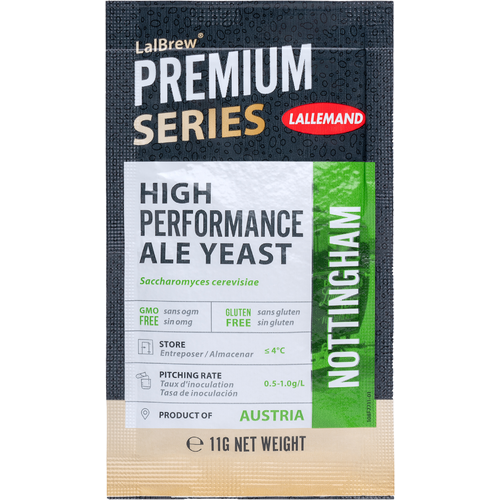This post on Northern Brewer claims to have harvested from a bottle of Stone IPA:
http://forum.northernbrewer.com/viewtopic.php?f=4&t=65347&hilit=+Stone+IPA+IPA+denny's
"After three attempts at cloning this beer I believe I finally have it. I just racked to secondary today, but I'm pretty confident in this recipe. This is for Stone's regular IPA, not Ruination. After brewing this latest attempt, I'm starting to see why their beers have become so expensive. It uses a lot of hops. Anyhow, here it is:
11.5 gallon batch. O.G. 1.063 F.G. 1.011 Srm 6.2 Ibus 77 This recipe is figured at 81% efficiency. Just adjust the specialty grains as necessary to hit 6-7 SRM
21.5# American two row
2# Crystal 20L
1# Crystal 10L
Hops
Magnum 60 minutes(adjust based on alpha to hit 77 ibus total)
2.1 oz Centennial at 10 minutes
2.1 oz Centennial at 5 minutes
4 oz Centennial at 0 minutes
Centennial dry hop, 1oz per five gallons
Pitched yeast from a three quart starter(per 5.5 gallons) at 64 degrees and fermented at 68 degrees wort temp.
Single infusion mash at 151.
For the yeast, I cultured up the yeast from a bottle of Stone IPA. This is pretty similar to WLP001, but with a distinctive malty character. It's not really a make or break it factor though. The Stone yeast is highly attenuative, so if you sub the Chico strain, you might want to drop the mash temp a degree or two to reach your F.G."
















































![Craft A Brew - Safale S-04 Dry Yeast - Fermentis - English Ale Dry Yeast - For English and American Ales and Hard Apple Ciders - Ingredients for Home Brewing - Beer Making Supplies - [1 Pack]](https://m.media-amazon.com/images/I/41fVGNh6JfL._SL500_.jpg)











